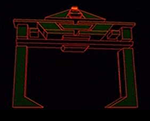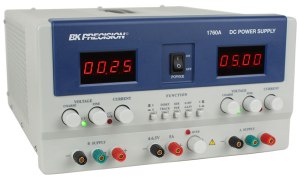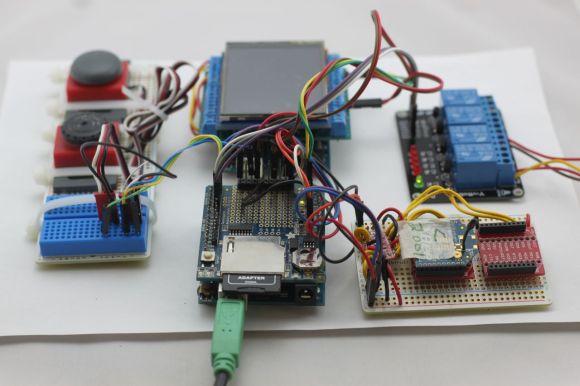 In the near future, we will all reside in households that contain hundreds of little devices intertwingled together with an easily connectable and controllable network of sensors. For years, projects have been appearing all around the world, like this wireless sensor system that anyone can build.
In the near future, we will all reside in households that contain hundreds of little devices intertwingled together with an easily connectable and controllable network of sensors. For years, projects have been appearing all around the world, like this wireless sensor system that anyone can build.
[Eric] hopes his work will help bring the truly expansive Home-Area-Network (HAN) into fruition by letting developers build cheap, battery-powered, long-range wireless sensors. His method integrates with the pluggable OSGI architecture and home automation platform openHAB along with using an Arduino as the lower power, sensor node that is capable of utilizing many types of cheap sensors found online.
[Eric]’s tutorial depicts a few examples of the possibilities of these open-source platforms. For instance, he shows what he calls a ‘Mailbox Sentinel’ which is a battery-powered mail monitoring device that uses a Raspberry Pi to play the infamous, and ancient AOL sound bite “you’ve got mail.” It will also send an email once the postman cometh.
In addition, he lists other ideas such as a baby monitoring sentinel, a washer/dryer notification system, water leak detectors, and security implementations that blast a loud alarm if someone tries to break in. All of this potential for just around $20.
The key to making this project work, as [Eric] states, is the MQTT binding that ties together the Ardiuno and openHAB platform. This allows for simple messages to be sent over the Ethernet connection which is often found in IoT devices.
So all you developers out there go home and start thinking of what could be connected next! Because with this system, all you need is a couple of ten-spots and an internet plug, and you have yourself a strong foundation to build on top of. The rest is up to you.
This open, connected device is [Eric’s] entry for The Hackaday Prize. You can see his video demo after the break. We hope this inspires you to submit your own project to the contest!
Continue reading “Long Range Wireless Sensors For The Home-Area-Network” →

 [Kenji]’s project for The Hackaday Prize is the Reactron Overdrive. It’s not just one board he’s building here, but an entire suite of sensors, interfaces, and nodes that form a complete human to machines – note the plural ‘machines’ – interface. When you consider that no one knows what the Internet of Things actually is, and that [Kenji] is working on IoT 3.0, you get a sense that there’s really something here. Also, his project log has a Tron Recognizer in it. That has to count for something, right?
[Kenji]’s project for The Hackaday Prize is the Reactron Overdrive. It’s not just one board he’s building here, but an entire suite of sensors, interfaces, and nodes that form a complete human to machines – note the plural ‘machines’ – interface. When you consider that no one knows what the Internet of Things actually is, and that [Kenji] is working on IoT 3.0, you get a sense that there’s really something here. Also, his project log has a Tron Recognizer in it. That has to count for something, right?

 How long have you been making do with a hacked together power supply?
How long have you been making do with a hacked together power supply?



 In the near future, we will all reside in households that contain hundreds of little devices intertwingled together with an easily connectable and controllable network of sensors. For years, projects have been appearing all around the world,
In the near future, we will all reside in households that contain hundreds of little devices intertwingled together with an easily connectable and controllable network of sensors. For years, projects have been appearing all around the world, 








